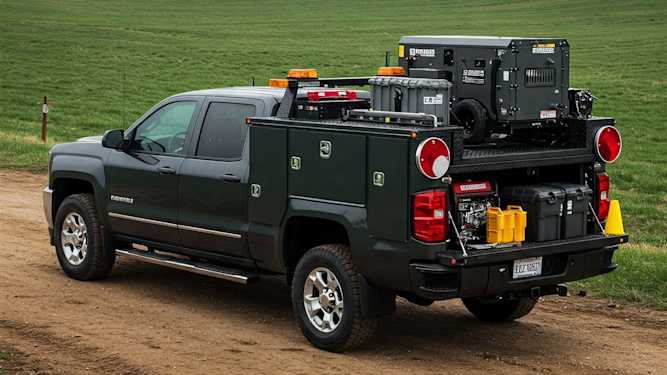The Latest Buzz
Fire Hydrants: The Ultimate Guide

The Ultimate Guide to Fire Hydrants
Fire hydrants are vital to public safety and urban infrastructure. This guide explores their purpose, types, regulations, and role in emergency services. Whether you're a property owner, city planner, or firefighter, understanding fire hydrants is crucial for effective emergency response and water system management.
Overview
What Is a Fire Hydrant?
A fire hydrant is a key component of public water systems. It provides firefighters with quick access to high-pressure water during emergencies. Located along streets and inaccessible areas, hydrants connect to underground water supplies, enabling rapid response to fires. They also aid in maintaining water systems by flushing pipelines, monitoring pressure, and ensuring clean water distribution.
Types of Fire Hydrants
Fire hydrants come in various types, suited to different climates and needs:
Dry Barrel Hydrants
Designed for colder climates, dry barrel hydrants have an underground valve that prevents water from freezing. This keeps the hydrant functional even in freezing temperatures.
Wet Barrel Hydrants
Common in warmer regions, wet barrel hydrants always have water in the barrel, making them immediately usable. They are ideal for areas with mild winters.
Flush Hydrants
Flush hydrants are installed flush with the ground, often in parks or residential areas where aesthetics matter. Though functional, they may be harder to locate in emergencies.
Standpipe Systems
Used in large buildings or areas where traditional hydrants aren't practical, standpipe systems deliver water to various floors within a structure, allowing firefighters to connect hoses inside.
Regulations
U.S. Fire Hydrant Regulations
In the U.S., regulations for fire hydrants are set by local governments and fire departments. Hydrants must be spaced based on population density and building types, with urban areas typically having more closely spaced hydrants. The National Fire Protection Association (NFPA) sets standards for water pressure and flow rates, and hydrants must be regularly tested and maintained.
Hydrants must be visible and unobstructed. Local ordinances usually require a clear radius around each hydrant, free from parked cars, vegetation, or other obstructions.
European Fire Hydrant Regulations
European countries also have strict fire hydrant regulations, following European Fire Safety Standards (EFSS). These standards cover hydrant placement and performance, similar to U.S. regulations. Many European countries use color-coded hydrants to indicate water flow capacity and pressure levels.
Why Fire Hydrants Matter
Crucial for Firefighting
Fire hydrants are essential for effective firefighting. They provide a nearly unlimited water supply, allowing firefighters to combat fires more efficiently and protect lives and property.
Supporting Urban Infrastructure
Beyond emergencies, hydrants help maintain clean water systems. They are used to flush water lines, remove sediment, and ensure consistent water pressure. This process helps detect leaks and other issues in water systems.
Fire Hydrant Color Coding
Color coding on fire hydrants indicates their water flow rate and pressure:
- Red: Low flow (<500 gallons per minute, GPM) – suitable for small fires.
- Orange: Moderate flow (500-1,000 GPM).
- Green: High flow (1,000-1,500 GPM).
- Blue: Very high flow (>1,500 GPM) – ideal for large fires or high-demand areas.
This system helps firefighters quickly assess a hydrant's suitability during emergencies.
Integration with Modern Technology
Smart Fire Hydrants
Some cities are incorporating smart technology into fire hydrants. Equipped with sensors, smart hydrants monitor water pressure, flow rates, and temperature. This data helps utilities track hydrant performance and detect issues early, ensuring reliable operation and improving system efficiency. Smart hydrants also contribute to water conservation by identifying leaks or unauthorized water use.
In Summary
Fire hydrants are crucial for both public safety and efficient water management. By supporting firefighters in emergencies and maintaining clean water systems, they play a significant role in urban infrastructure. Understanding the different types, regulations, and advancements in fire hydrant technology helps cities prepare for emergencies and ensure safe, reliable water systems.
Want to explore the latest fire hydrant maps? Learn more about our products and reach out to a member of our team.
Share Post


